1. The “Spontaneous” Finds Are Heavily Scripted
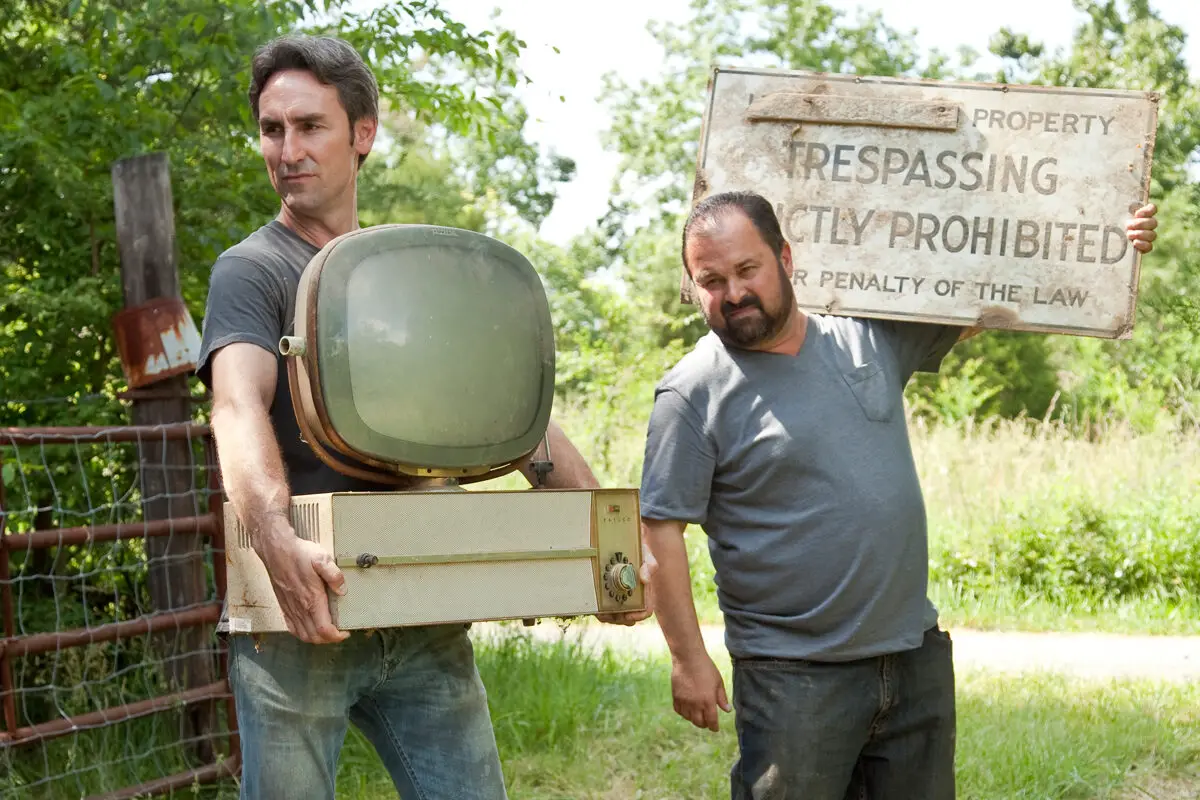
When the pickers pull up to a random barn filled with treasures, it feels like they just stumbled upon a jackpot. But in reality, producers have already done extensive groundwork to find the most interesting locations and collections. They contact the owners, assess the inventory, and even schedule the visits in advance. This planning makes the show’s “spur-of-the-moment” charm feel more like a carefully crafted illusion. Instead of serendipity, what you’re seeing is a production team’s meticulous effort to create compelling TV.
2. The “Negotiations” Are Often Rehearsed
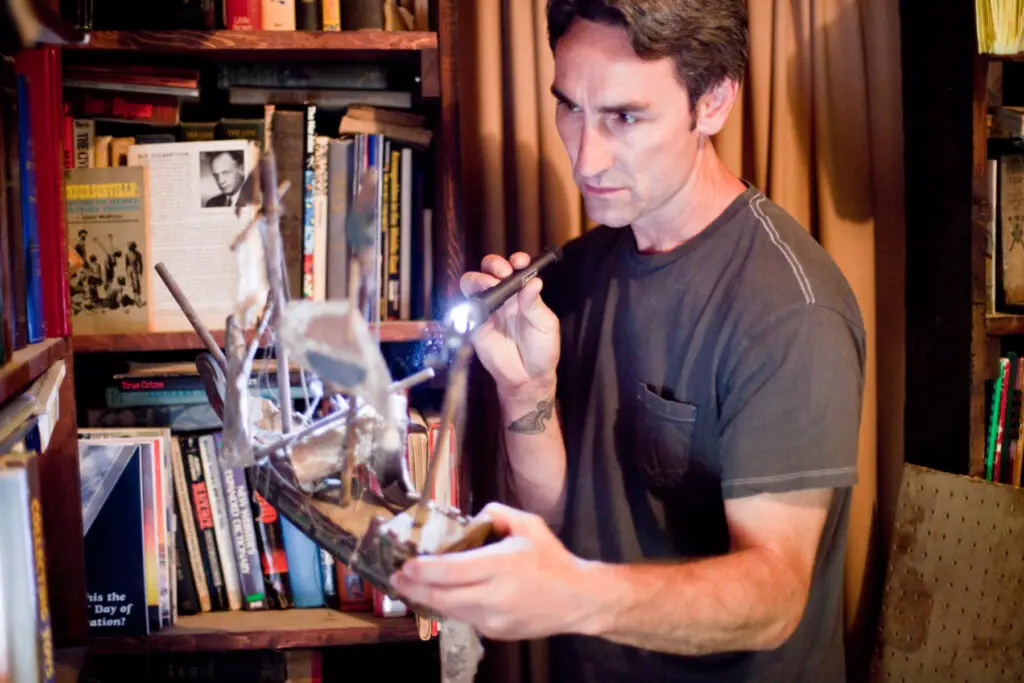
The thrill of negotiation is one of the show’s most entertaining aspects. But what if those heated price haggles were less about actual bargaining and more about following a script? Sellers often discuss pricing with producers before the cameras roll, making the back-and-forth on-screen more about theatrics than reality. While this ensures dramatic tension for the viewers, it takes away the authenticity of the deal-making process that fans love.
3. The Prices Don’t Always Add Up
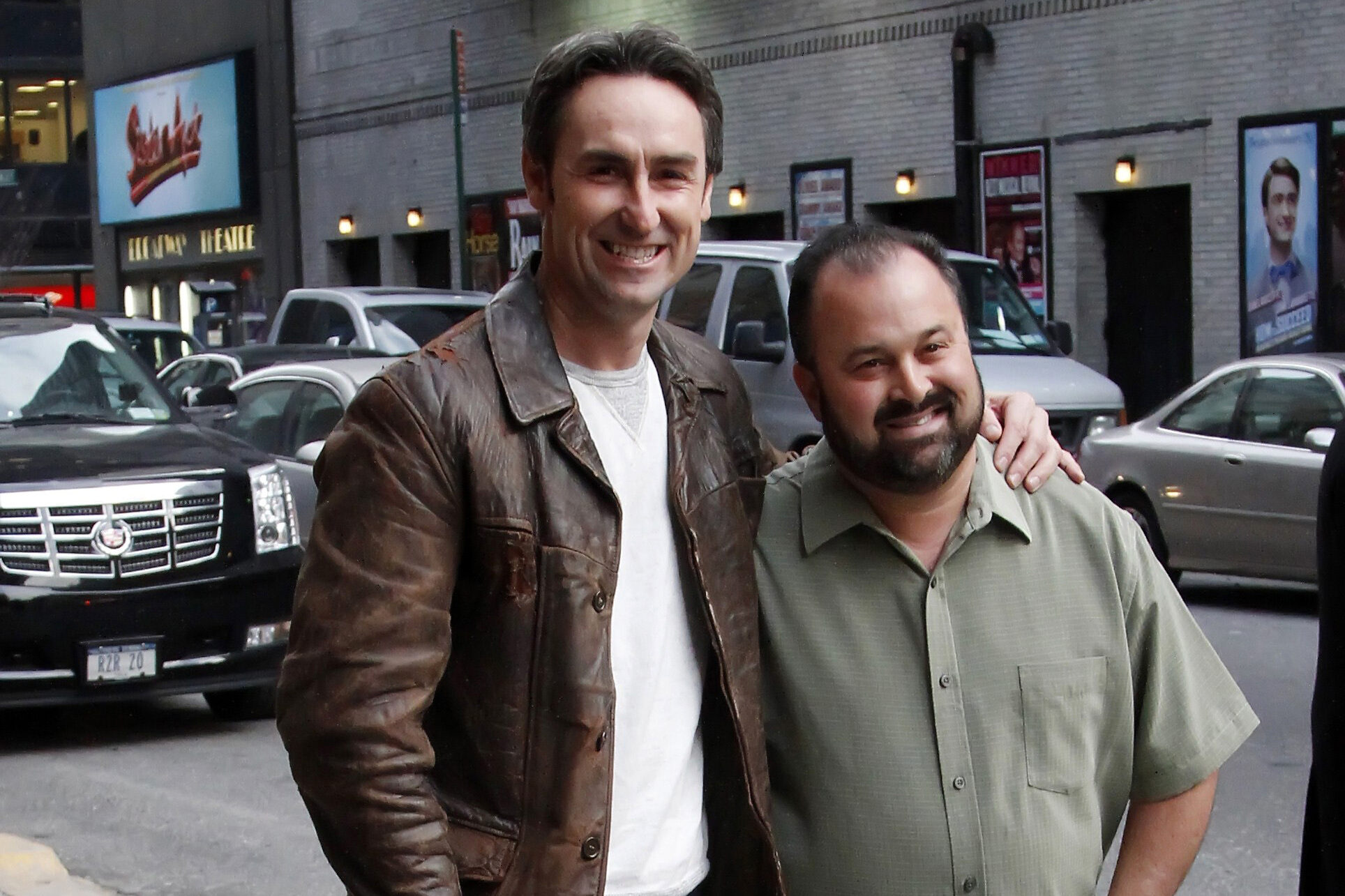
If you’ve ever compared the prices on the show to real-world antique values, you might notice inconsistencies. Sometimes, the pickers pay more than an item is worth, possibly to heighten the excitement. Other times, they seem to lowball sellers, which can make viewers suspicious of how honest the transactions are. It’s not clear whether these numbers are manipulated for TV or if the market fluctuates wildly, but it does leave room for skepticism.
4. “Rusty Gold” Is Cleaned Up for TV
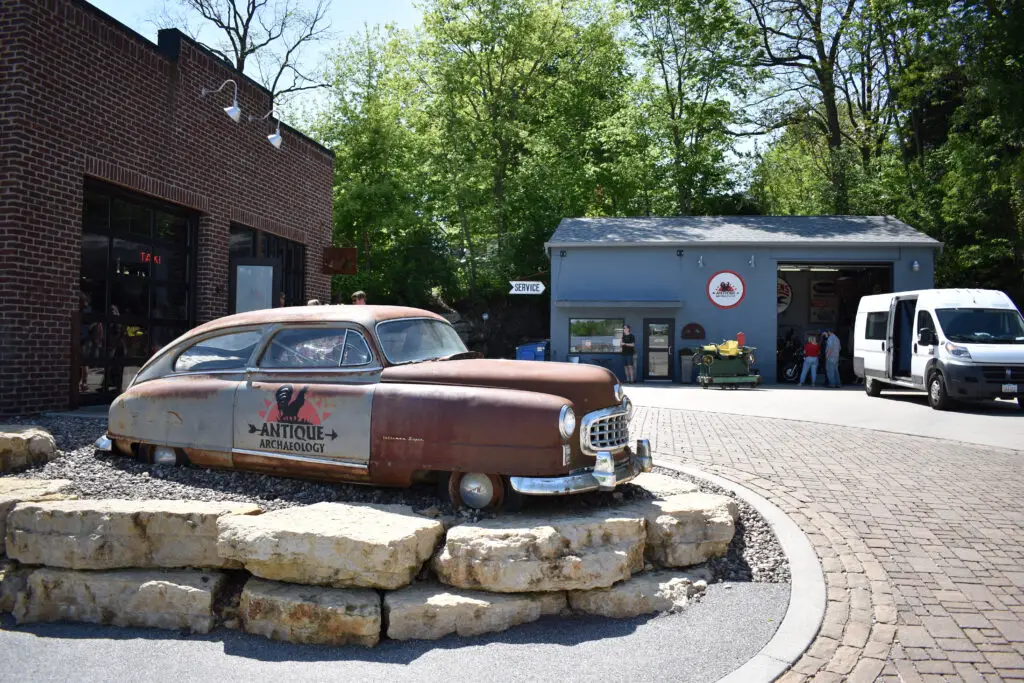
The term “rusty gold” is a cornerstone of the show, celebrating the beauty of old and weathered items. However, some fans have pointed out that many items look just a little too perfectly aged or conveniently placed. It’s been suggested that items are pre-cleaned, touched up, or strategically displayed to maximize their visual appeal on camera. While this makes for a prettier show, it can feel misleading to those who believe in the authenticity of the hunt.
5. The Hosts Are Too Perfect

Mike and Frank’s (and now Robbie’s) ability to immediately identify obscure items, their history, and their value seems almost superhuman at times. While they’re undeniably knowledgeable, it’s hard to believe anyone could instantly recall such specific details without some help. Off-camera research or coaching before filming likely helps them appear flawless, which makes their expertise feel a little too polished for reality.
6. Collectors Are Screened for Entertainment Value
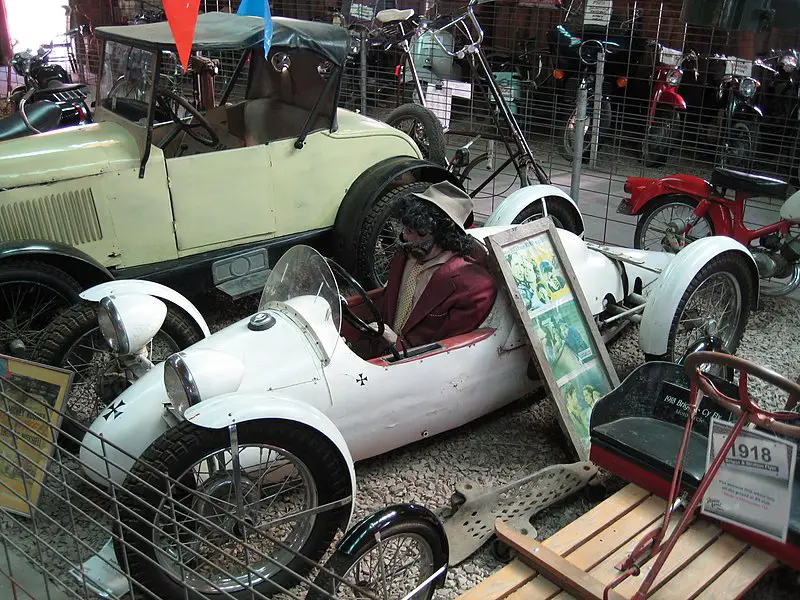
The people Mike and Frank visit are often as interesting as the items they’re selling. But these colorful characters don’t just appear by chance. Producers actively screen sellers for their personality, unique backstories, and willingness to play along on camera. If someone’s too shy, uncooperative, or doesn’t have a story worth telling, they likely won’t make the cut. While this ensures entertaining episodes, it also means the pickers aren’t just visiting your average antique enthusiast.
7. The Drama Is Played Up

Tensions run high during heated negotiations, and there’s often some playful banter or disagreement between the hosts. But let’s be honest—how much of this drama is real? Reality TV thrives on emotional moments, so it’s not surprising that many of these interactions feel exaggerated or even scripted. Whether it’s a “dispute” over an item’s value or a comedic argument, the show leans heavily into drama to keep viewers invested.
8. Hidden Help from Antique Experts
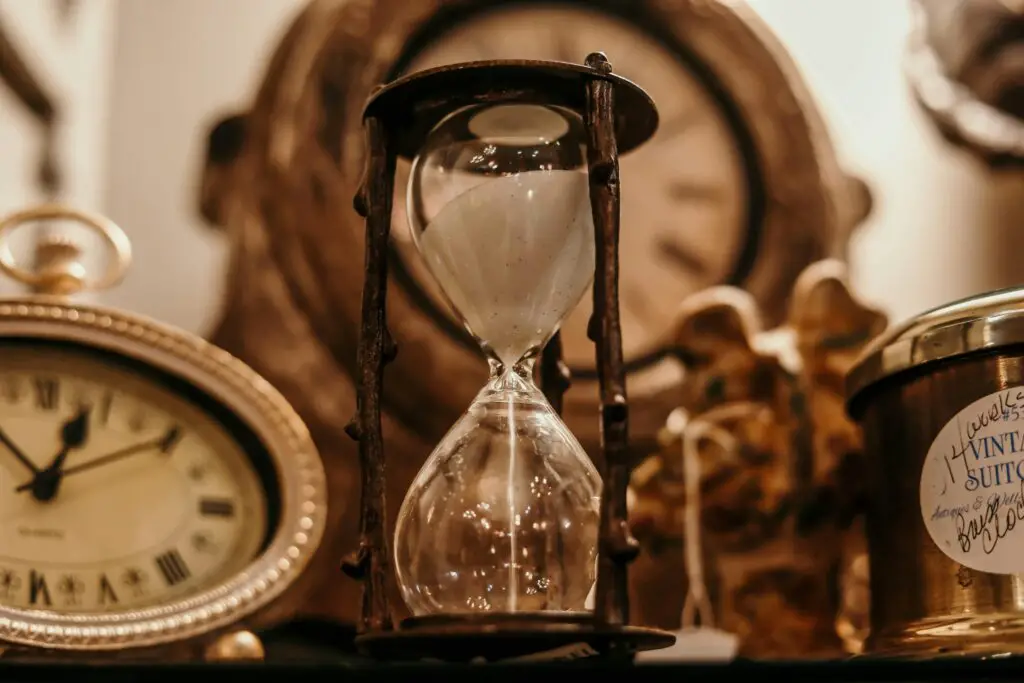
Mike and Frank might appear to be walking encyclopedias of antique knowledge, but they’re not working alone. The show reportedly employs a team of antique experts who assist behind the scenes. These experts provide detailed information about the items the pickers encounter, ensuring the hosts come across as effortlessly knowledgeable. This behind-the-scenes support creates the illusion that the pickers know everything, which isn’t entirely true.
9. The “American Pickers Van” Isn’t As Authentic As It Looks

The van is practically a character on the show, stuffed to the brim with treasures by the end of each episode. But here’s the catch: not everything you see is actually transported in that vehicle. Larger or more cumbersome items are often shipped separately, and the van is rearranged to look more impressive for filming. It’s a clever way to maintain the illusion of a road trip packed with unexpected finds, but it’s not entirely accurate.
10. The Sellers Often Overact

Have you ever noticed how some sellers seem overly emotional when parting with their items? Whether it’s a heartfelt story about a family heirloom or an exaggerated reaction to an offer, these moments can feel a little too dramatic. Many of the participants aren’t professional actors, but it’s clear they’re encouraged to play up their emotions for the cameras. This overacting can make the interactions feel less genuine.
11. The Editing Skews Reality
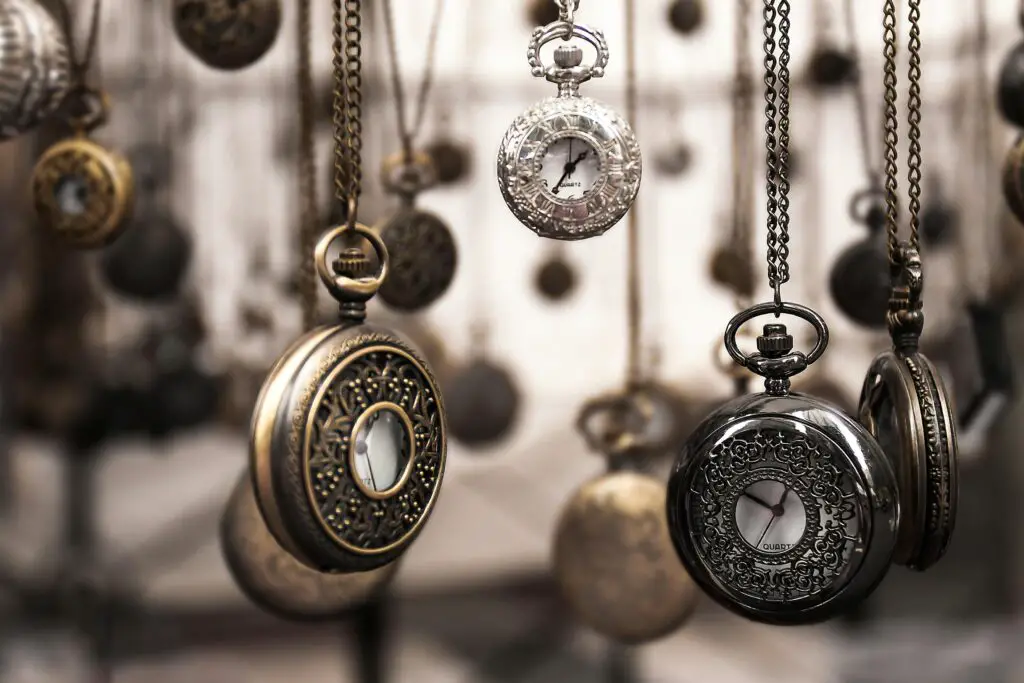
Reality TV relies heavily on editing, and American Pickers is no different. Scenes are often filmed out of order, with mundane moments cut and more exciting ones spliced together for maximum impact. An episode that seems to span a single day might actually be the result of weeks of filming. This selective editing can make the show feel more fast-paced and entertaining, but it’s far from an accurate depiction of real events.
12. The “Small Town” Image Is Curated
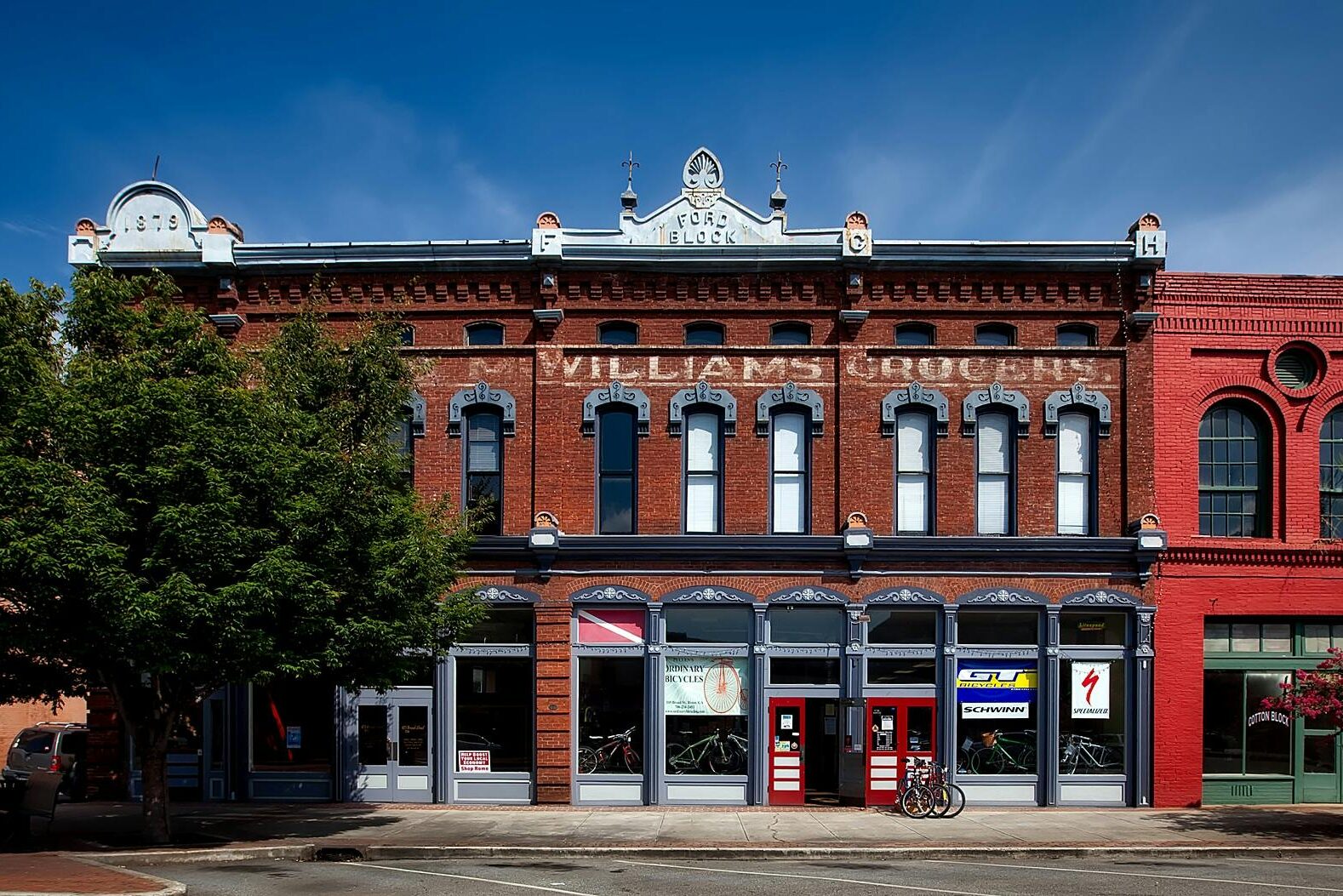
The show loves to emphasize its small-town roots, portraying the pickers as humble guys exploring America’s backroads. However, the reality is much more corporate. American Pickers is backed by a large production team, and their Antique Archaeology stores are thriving businesses. This curated image of down-to-earth treasure hunters simplifies the complexity of their actual operations.
13. Not All Items Stay With the Buyers
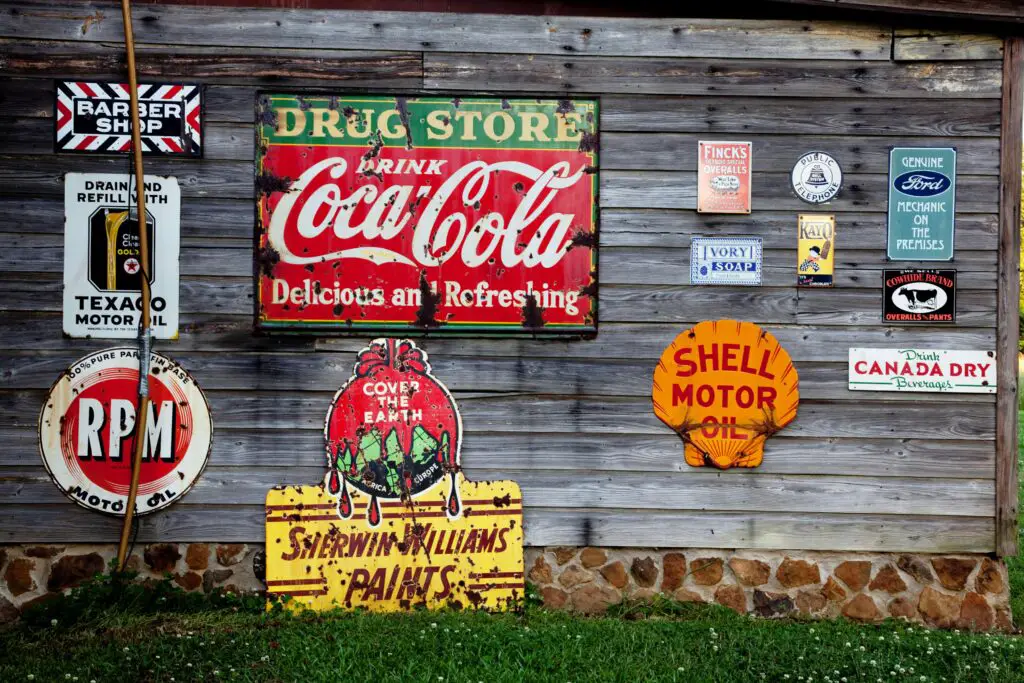
It’s easy to assume that every item the pickers buy goes straight into their personal collection or store, but that’s not always the case. Some items are immediately resold or even left behind with the seller for logistical reasons. This side of the business is rarely shown, leaving viewers with a skewed perception of what happens after the deal is made.
14. Some Items Are Planted
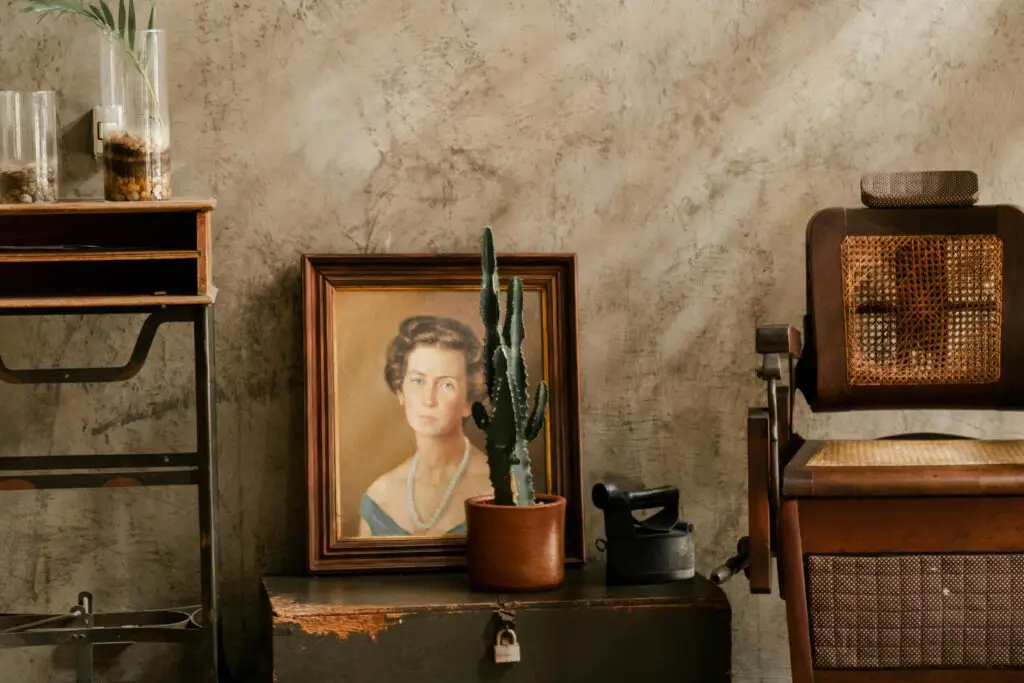
The idea that rare or valuable items are planted at locations may sound like a conspiracy, but it’s a rumor that won’t go away. It’s been suggested that producers strategically place these items to ensure the pickers find something exciting. If true, this undermines the show’s entire premise, turning the thrill of discovery into a staged spectacle.
15. The Pickers Don’t Do It All
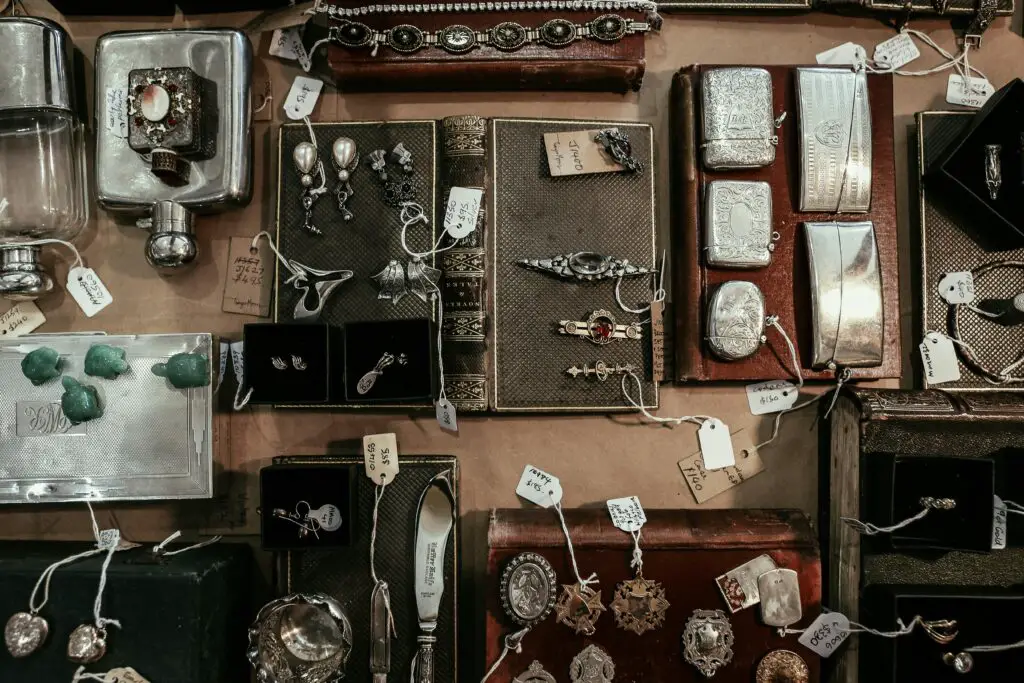
The show gives the impression that Mike and Frank (or Robbie) are hands-on with every aspect of the process, from finding items to restoring them. In reality, they have a large team handling logistics, research, and restoration work. While the hosts are the faces of the operation, much of the hard work happens behind the scenes, making the process feel less personal than the show suggests.


